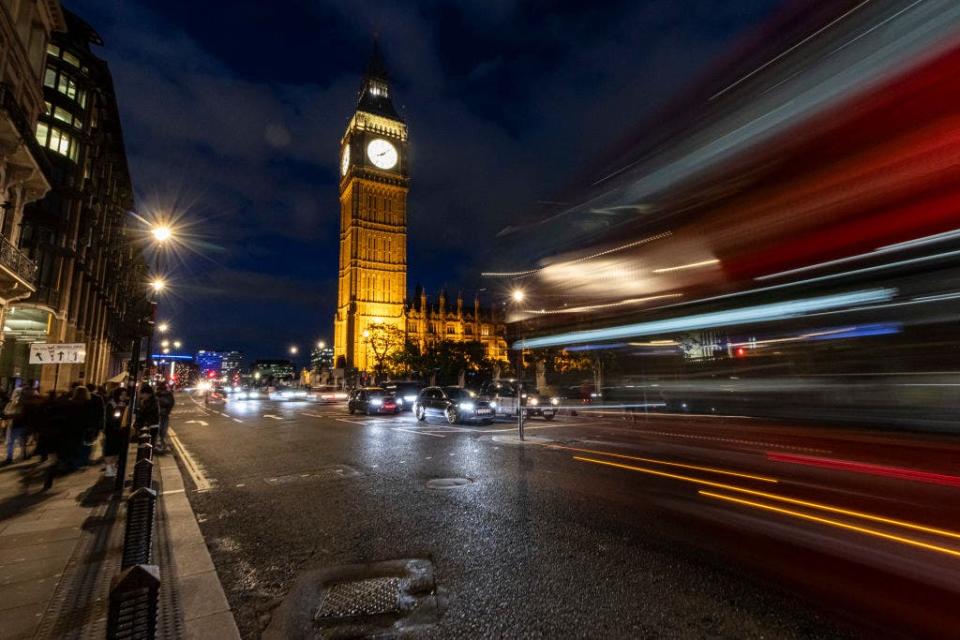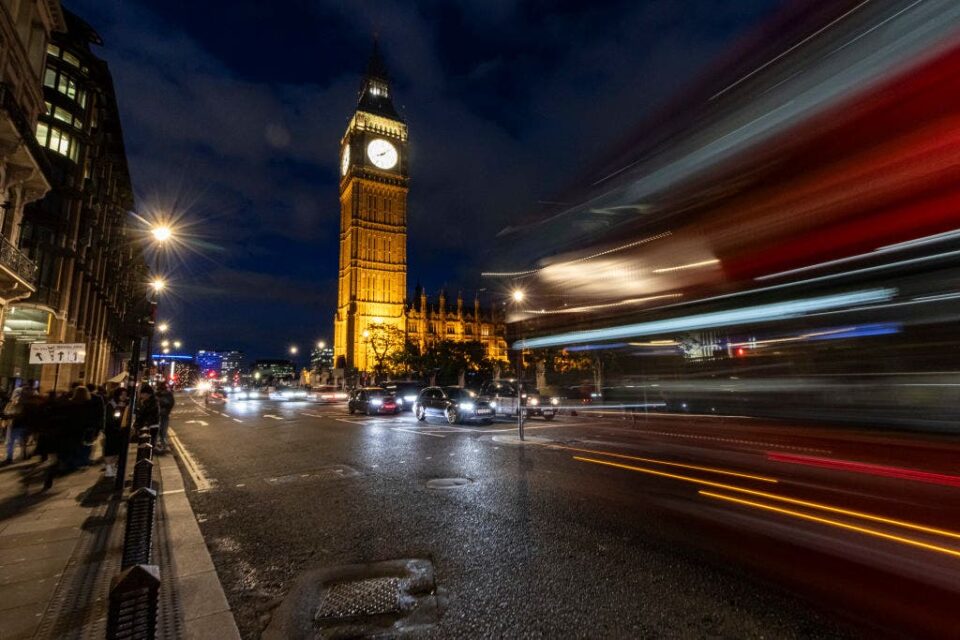- Which cities experience the highest crime rates in the U.S.?
“`html
Urban Danger: Why Our Streets Are No Longer Safe
The Rise of Urban Violence
Urban areas worldwide are experiencing an increase in violence and crime, making our streets feel less safe than ever before. The following factors contribute to the growing concern over urban safety:
- Population Density: Overcrowded cities often see higher rates of crime due to anonymity and lack of community ties.
- Economic Disparities: Areas with significant income inequality may experience higher crime rates as marginalized communities struggle to meet their needs.
- Drug Epidemics: Increased drug use can lead to a rise in violent crimes and erratic behavior in public spaces.
- Police Resources: Underfunded police departments may struggle to effectively manage crime, resulting in an increase in urban danger.
Statistics on Urban Crime
The following table illustrates recent statistics regarding urban crime rates in major US cities:
| City | Crime Rate (per 1,000 residents) | Increase from Previous Year (%) |
|---|---|---|
| New York | 7.5 | 5.2% |
| Los Angeles | 9.1 | 8.4% |
| Chicago | 14.4 | 10.1% |
| Houston | 11.6 | 6.7% |
Factors Contributing to Urban Danger
Infrastructure Issues
Poorly maintained infrastructure can increase danger on urban streets. Cracked sidewalks, inadequate street lighting, and poorly designed intersections can lead to accidents and create environments conducive to crime.
Social Isolation
As urban areas become more populated, individuals often feel isolated and disconnected. This social isolation contributes to crime and violence, as community cohesion decreases and individuals may take advantage of the anonymity that large cities provide.
Displacement and Gentrification
- Displacement: Long-time residents may feel threatened by gentrification, leading to tensions and conflicts. This displacement can foster an environment of mistrust and anger.
- Resistance Movements: Communities resisting change may turn to crime as a form of protest against gentrification.
Case Studies
Case Study 1: San Francisco’s Rising Crime Rates
In San Francisco, a city known for its vibrant culture, crime rates have surged in recent years. Increased drug use and the housing crisis have led to visible homelessness, exacerbating tensions between residents and the homeless population.
Case Study 2: The Impact of COVID-19 on Urban Safety
With the pandemic forcing cities into lockdown, a temporary reduction in crime was observed. However, as restrictions lifted, many cities experienced a spike in violence, particularly in areas with pre-existing vulnerabilities.
First-Hand Experiences
Survivor Stories
Many people have shared their stories of urban danger to raise awareness. Here are a few excerpts:
Disturbing Rise in Antisemitic Incidents Targeting Youth in the UK
Recent antisemitic acts have alarmingly escalated across Western Europe, particularly affecting Jewish youth in the United Kingdom. A troubling incident unfolded on Thursday when two buses transporting students from a Jewish school in London were besieged by a group of approximately ten youths affiliated with a nearby school, armed with heavy rocks, as reported by the Jewish Chronicle.
A Frightening Experience for Young Students
Onboard one of the double-decker buses, four aggressors ascended to the upper deck and unleashed a torrent of abuse at their peers. A brave 12-year-old who witnessed the attack recounted that they were subjected to vitriol including phrases like “F— Israel” and “Get lost.” He expressed his fear during this unprovoked episode: “They seemed to take pleasure in filming us while shouting slurs. It was public; there were many passersby and no one intervened,” he shared with The Jewish Chronicle.
Afterwards, these teens began bombarding both buses with large rocks. An 11-year-old female student detailed her confusion amid the chaos: “Some students fled from their seats while I stayed put. They hurled insults at us and filmed everything; we have no idea what they intended to do with those videos.”
The Wider Context of Growing Antisemitism
A representative from Campaign Against Antisemitism commented on this alarming event: “This incident is part of a larger pattern; for over a year we’ve sounded alarms about unchecked anti-Jewish sentiment leading to dire consequences.” This sentiment underscores growing fears within British Jewry regarding safety in everyday activities.

The incident comes against a backdrop where research indicates that nearly 69% of British Jews are hesitant to express their identity publicly due to fears for their safety. The spokesperson emphasized that “our cities no longer feel secure for Jews and especially children… it’s imperative that law enforcement act decisively against such crimes.”
Growing Concerns Post-Hamas Attacks
The situation has worsened since Hamas’ assault on October 7, 2023. Data released by CST reveals an eye-opening figure: there were 1,978 antisemitic events noted within just half of 2024—nearly doubling from 964 incidents during the previous year’s comparable timeframe. It should be noted that true figures might be even higher given police reporting delays traced back three months due to technical issues.
The Campaign Against Antisemitism also cited startling findings about emotional distress among British Jews: “Over two years, approximately 42% contemplated emigration because of rising antisemitism,” they revealed—this number skyrocketed when discussing political contexts where anxiety peaked at around 85%. Marginally more than one-quarter (26%) feel content with current protective measures offered by legal authorities toward their community.
A Continuation of Violence
This latest ordeal is reminiscent of another recent violent display against kids in November—a man attacked Jewish teenage girls walking towards rehearsal in East London by hurling glass bottles from his balcony resulting in hospitalization due to serious but not life-threatening injuries amidst investigations labeling it as potential antisemitic violence.


In total, throughout all off last year alone—2023 recorded upwards of 4,103 acts categorized under antisemitism across Britain—with more than half occurring directly within London’s city limits alone.
Diaspora Views on Global Safety Measures
Amichai Chikli—the Israeli Minister responsible for Diaspora Affairs voicing concerns recently stated bluntly calling London “the most antisemite-friendly metropolis” attributing this rise partially towards sentiments bolstered by Hamas advocates operating openly without consequence amid an elevating tide animosity pervading society’s fabric today
/*p>Please stay informed via relevant updates as this narrative continues unfolding further – Retrieved Source Reference.: Jewish children teens violently attacked experiencing unsafe conditions


